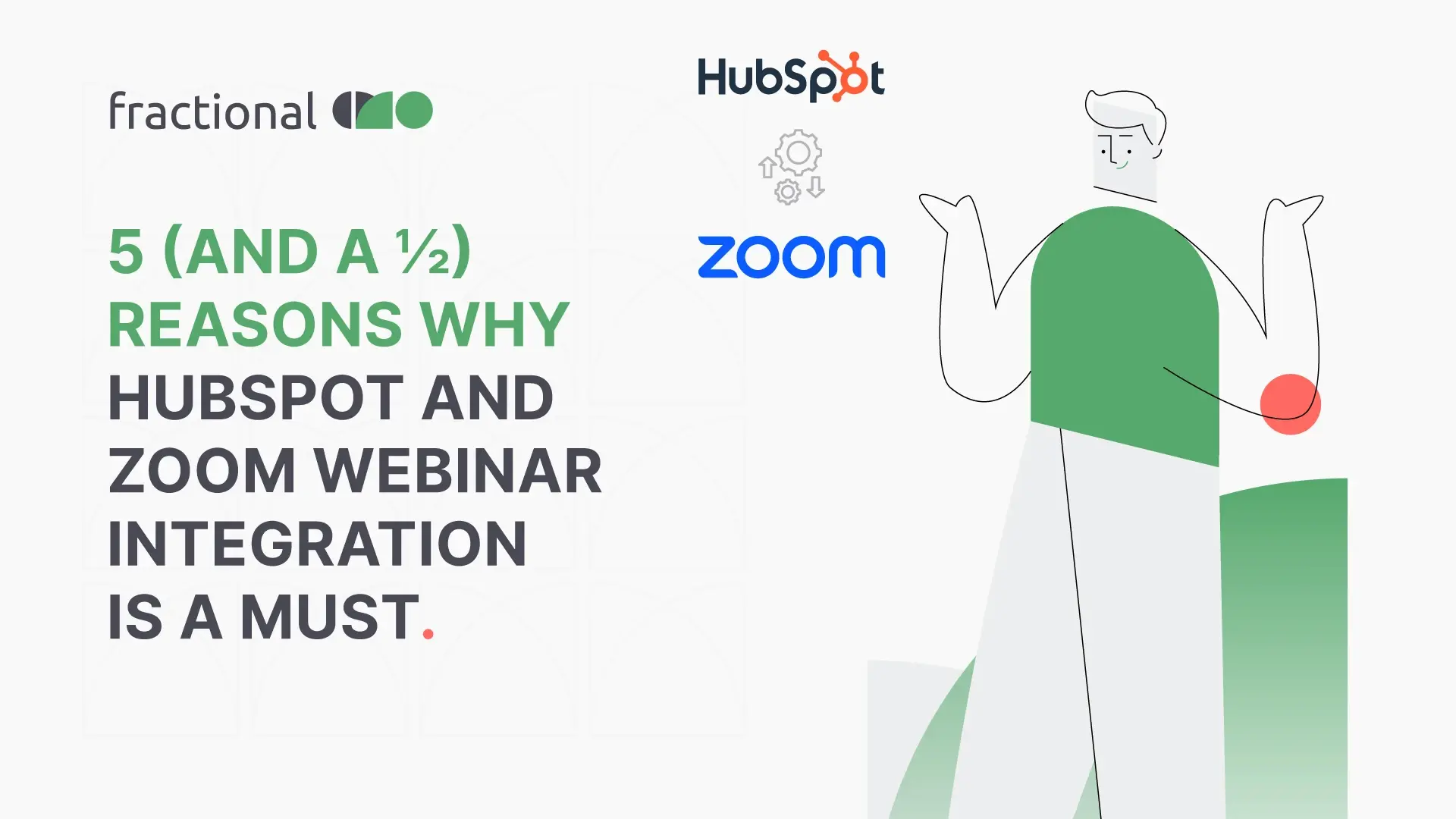10 pillars of Marketing Operations to boost your bottom-line

The key pillars of Marketing Operations:
- Campaign Operations
- Project Management
- Process Management
- Tech stack Management
- Marketing intelligence
- Strategy Operations (StratOps )
- Brand Management
- Content Management
- Data Management
- Customer Experience Management
Marketing has been the buzzword for ages. However, the visible outcome of your marketing efforts is proportional to the backing it gets from the pillars of marketing operations.
Similarly, if marketing is your visible body, then the pillars of marketing ops are the defining features of your internal anatomy.
Why does Marketing ops deserve the spotlight?
Good news alert! Not just one or two, there can be 5 ½ ways marketing operations can help grow your business.
Mops is more than just strategy building, running campaigns, or infusing creativity. It involves managing and optimizing people who critically think, workflows that connect seamlessly, insightful reporting on KPIs, leveraging your MarTech Stack, and processes that deliver to maximize your revenue.
Source: HubSpot
And it’s more than just revenue generation or tasting success, it is quantification as well.
For instance, your marketing efforts don’t just end with a campaign’s execution. What should follow is, training your marketing team to gain insights from it, to learn, and to unlearn for future endeavors.
Furthermore, you are living in the digital age, and when 93% of B2B marketers believe that Mops is the key to digital transformation, you might want to buckle up and learn about the pillars of Mops!
Key Pillars of Marketing Operations
Campaign operations
It’s the campaign operations that bring out the best of your marketing efforts and act as the backbone of your marketing campaigns. It covers all aspects of planning, execution, reporting, sales, follow-ups, etc.
Let’s take the example of a campaign in which you can send automated emails to your customers depending on their stage in their buyer’s journey for a successful email nurture campaign.
Similarly, an effective lead nurturing campaign involves creating a buyer persona, implementing the “one size doesn’t fit all” principle, refining the lead nurturing strategy, designing the relevant content structure across all the customer journey stages, and so on.
Project Management
While planning a marketing campaign requires critical thinking, plenty of roadblocks may appear along the way if not executed seamlessly.
This is where the project managers gear up to avoid the hiccups of meeting deadlines and budget restrictions. It may involve an array of activities like assigning tasks to your team, meeting clients, managing, organizing, and supervising the different aspects of the project.
The four phases of project management are:
- Planning
- Build-up
- Implementation
- Closeout
The project managers are deservingly considered the rockstars of companies, as they rise and shine to take care of these phases every day to help the team meet their goals within the given constraints.
Process Management
Wise men say, “Don’t worry, just take care of the small things, and the result will take of itself”.
Marketing operations is comprised of several small processes that come together to deliver the desired result.
IBM puts business process management (BPM) into three categories:
Integration-centric BPM: This does not need human intervention as it’s all about APIs which bring together the data across different platforms.
Human-centric BPM: As you can guess, it’s about the involvement of human approvals, assigning tasks, holding people accountable, etc.
Document-centric BPM: This includes all the documents that you can see floating across your company, ranging from the agreements of purchase to the terms of conditions that your clients have to abide by.
Keeping it simple, process management is about keeping your key business processes like content making, planning, budgeting, designing, distribution, security, interconnectivity, automation, etc. in one place for seamless coordination.
Tech Stack Management
The entire set of technology that you deploy to support your organization’s day-to-day processes falls under this category.
When dedicated to your marketing efforts, they are called the MarTech stack. It’s vital to have the top tools and techniques for a healthy MarTech stack, to complement each element of your marketing campaign.
This includes the management of customer relations, content systems, software for email marketing, sales intelligence tools, HRMS, website analytics, social media, events, graphic designs, etc.
Some of the commonly used MarTech tools for Mops are HubSpot, Salesforce, Pardot, Marketo, ActiveCampaign, Eloqua, etc.
Marketing intelligence
Your customer data is a goldmine! And marketing intelligence helps you find meaningful insights and patterns from it through analysis and reporting for improved decision-making.
As far as analytics goes, GA4 is one of the most loved analytics tools that can be used to enhance operational efficiency, data precision, report quality, gain insights into customer data, track website performance, etc.
Further, you can revolutionize your marketing analytics with Power BI, a data visualization tool that brings all your data together, turns the insights gained into impact, and thus, empowers your data team to make fruitful decisions.
Strategy Operations (StratOps)
StratOps or strategy operations is one of the new pillars of Mops that brings under it more dimensions than just planning and budgeting.
The inclusion of StratOps under Marketing operations helps the marketing team hit the bull's eye of strategy-making by leveraging marketing planning, technology, finance, designing, budgeting, etc.
This is accompanied by bridging the gap between strategy building and operational execution. It can be achieved only with inclusive and informed decision-making, agility, and optimized resource allocation.
Source: tability.io
Brand management
It’s all about enhancing your brand’s image, and the value proposition of your products & services, along with improving the brand visibility.
The loyal customer base that is responsible for a company’s profit today, is a result of persistent efforts towards brand management for years and even decades.
Some of the key components of brand management techniques include setting smart & measurable objectives, establishing branding basics, creating compelling stories that answer the customer's pain points, establishing your brand’s language that speaks for itself, pooling your promotional efforts, and setting up a partnership marketing roadmap.
Content Management
Content is not just the words, audio, or visuals put together but an avenue for you to communicate your ideas, strike chords with your target audience, build trust, and brand value.
Unsurprisingly, content is the fuel of the digital marketing growth engine.
Content management should begin with mapping your content for every stage of the buyer’s journey. Then to make the most out of it, you should have a robust content operations framework, that assembles the people, processes, and technology to make your day-to-day content management challenges a cakewalk.
The overall content creation and management should help you stay on top of your content strategy, creation, optimization, promotion, curation, maintenance, and reporting.
Data Management
Widely regarded as one of the most important pillars, data management involves tracking, gathering, summarizing, and analyzing a wide array of data.
As it’s often said, “numbers don’t lie”, it helps improve your decision-making and strategy-building by monitoring key performance indicators, ROI for marketing campaigns, conversion rates, cost per head, revenue generation, etc.
Some key components of data management are:
Data modeling: It includes the key diagrams and a little detail of the information it contains. This makes the visualization of the flow of information across your system traceable and usable.
Data integration: As the name suggests, it involves combining the data across multiple systems to benefit from all of them. Some of the key challenges of integration are the missing gaps and the sync issues that may show up between the platforms.
Data Migration: It’s about the transfer of data between the databases. For example, let’s say your team now prefers HubSpot as a marketing automation tool over the other existing tools in your company. This calls for data migration to HubSpot for your automation and CRM needs.
Data Governance: This implements the rules, regulations, and procedures for data management at your company. It not only helps to keep your data streamlined but secure as well.
Data security: Talking of securing the data, data security gears up to combat data theft and breaches to protect your storage, hardware, software, and the overall data governance structure.
Customer Experience Management (CXM)
CXM puts customers at the heart of your marketing and sales strategy, to not only win them over but also to have them as your repeat business, word of mouth, and the face of your brand’s loyalty.
This can be achieved only by ensuring a top-notch customer experience excellence that makes them feel at home.
Source: kpmg.com
And for a hassle-free CXM, you should have robust customer data profiling which contains all the data related to a customer in one place. Once you have that, insights can be extracted from your data through analysis and reporting using machine learning and artificial intelligence to create and deliver tailor-made experiences.
Furthermore, streamlined delivery of your content can do wonders for your business. Thus, your content, production, and technical teams should work together under project management to be able to deliver the best services while saving time and cost.
Lastly, the experience orchestration can become a cakewalk by facilitating communication across channels and not limiting yourself to one platform.
It’s a wrap
So, if you believe in the power of Marketing operations, its pillars, or other key components like lead orchestration, prospect management, campaign execution, marketing automation, tech stack management, etc., you’re surely on a quest! 🏅
Our team of RevOps experts at Fractional CMO would be elated to help you accomplish your business goals by taking care of your marketing operations needs while addressing the pain points and implementing the solutions that deliver.
How marketing operations ignites lead generation
Learn how marketing ops can put you in forefront of the lead generation strategy by aligning your marketing processes.











